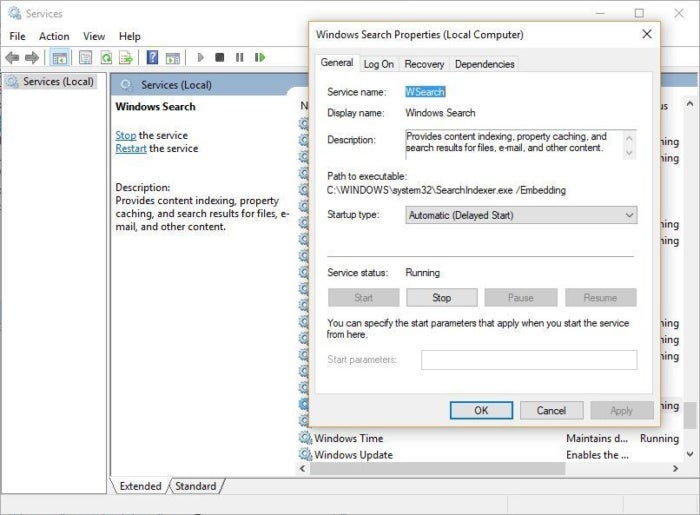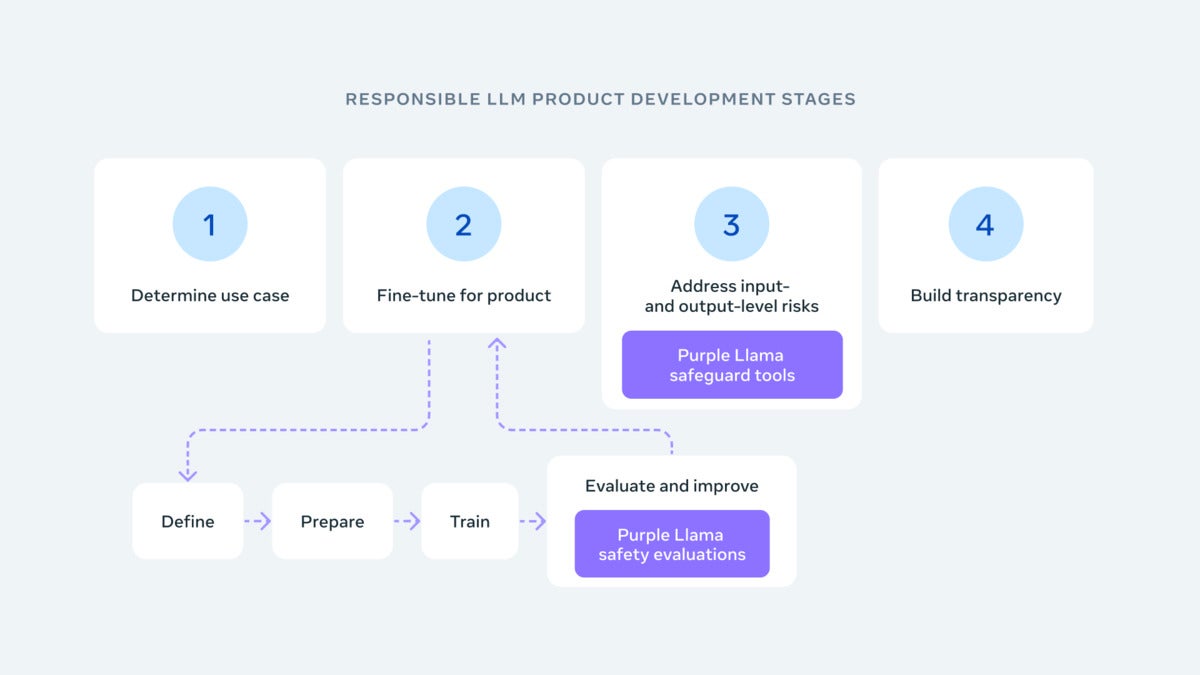Though technology companies announced massive layoffs last year, 2023 has been much worse. Layoffs have far outpaced last year’s cuts, as tech giants including Amazon, Cisco, Facebook parent company Meta, Microsoft, Google, IBM, SAP, and Salesforce — as well as many smaller companies — announce sweeping job cuts.
The problem: Big Tech went on a hiring binge during the pandemic when lockdowns sparked a tech buying spree to support remote work and an uptick in e-commerce, and now they face revenue declines.
According to data compiled by Layoffs.fyi, the online tracker keeping tabs on job losses in the technology sector, 1,169 tech companies have laid off about 260,238 staff in 2023, compared to 164,969 layoffs in 2022.
Here is a list — to be updated regularly — of some of the most prominent technology layoffs the industry has experienced recently.
December 2023
Twilo’s third significant staff reduction in the past year saw the likely loss of 300-400 workers at the cloud communications company. The most heavily affected were workers in the sales teams for the company’s contact center software and consumer data products. Twilo said in a statement that the layoffs were necessary to “optimize” the company’s technology, data and analytics business for growth. The employees affected were given 12 weeks of salary as a severance package, plus additional pay for every year worked at the company. The costs of the layoffs and associated severance payments were estimated by Twilo at between $25 million and $35 million.
Mere days after the final closing of Broadcom’s mammoth $69 billion acquisition of VMware, Broadcom laid off 1,267 VMware employees. The move had been long feared among VMware workers, according to multiple reports. The affected employees mostly worked at VMware’s Palo Alto offices, and a filing with the California Employment Development Department detailed that further job cuts were on the table. Stephen Elliot, a group vice president at IDC, said that the layoffs were likely to be greeted with approval by VMware’s customers and partners, and viewed as a refocusing of the company’s efforts.
November 2023
Amazon confirmed that it is planning to lay off several hundred workers at its Alexa division as part of a shift in focus to generative AI. “As we continue to invent, we’re shifting some of our efforts to better align with our business priorities, and what we know matters most to customers—which includes maximizing our resources and efforts focused on generative AI,” the company said in a statement. Amazon has already undertaken multiple rounds of layoffs in the last 12 months and this is not the first time Amazon’s devices and services team, which includes those working on the company’s Echo devices and Alexa, has been cut back. Employees in this department were part of 18,000 jobs Amazon axed at the start of 2023.
Network management and visualization vendor Splunk announced it would be cutting about 560 jobs as part of a global restructuring. The announcement comes after Splunk announced a first wave of 325 job cuts in February. “The overall market has retracted and we expect the macro environment will continue to be unpredictable for the foreseeable future,” said Splunk president and CEO Gary Steele in message to employees. He added that the job cuts are unrelated to the company’s pending $28 billion acquisition by networking giant Cisco, which was initially announced in September of this year, stating that the changes were simply the continuation of “important initiatives” Splunk has undertaken to align its resources and operating structure.
October 2023
Telecom giant Nokia announced it will be cutting up to 14,000 jobs, a decision it blamed on the slowing demand for 5G equipment. The news comes after the company reported that its third-quarter net sales declined by 20% year-on-year, with profit over the same period dropping by 69%. Nokia said that as a result, it will be implementing cost-cutting measures to try and save between $842 million and $1.2 billion by 2026, eliminating $422 million worth of costs in 2024 and a further $316 million in 2025.
Stack Overflow said it was laying off nearly a third of its workforce to replace it with generative AI-driven coding assistants, such as Microsoft Copilot, Amazon CodeWhisperer, and Google Bard. The downsizing activity, which impacted the go-to-market and support teams, was a result of the company’s strategy to focus on its products and move toward profitability, especially at a time when macroeconomic conditions are uncertain, company CEO Prashanth Chandrasekar wrote in a blog post.
Qualcomm is set to cut 1,258 employees by December this year, according to filings made to the state’s Employment Development Department. Layoffs at the chipmaking giant will affect its San Diego and Santa Clara offices and encompass roles such as engineers, analysts, software developers, and employees in finance, legal, and human resources. These job reductions are a response to the company’s recent financial struggles, with revenue down 23% year-on-year and net income down 52% for the quarter ending June.
Facebook’s parent, Meta, laid off employees from its metaverse custom silicon unit, affecting Facebook’s Agile Silicon Team or FAST, according to a Reuters report. FAST is home to nearly 600 Facebook employees, according to the report. The job cuts at FAST come just days after the company released its Quest 3 mixed reality headsets, which are expected to offer a metaverse play.
September 2023
Airtable, a low-code software company, underwent its second round of layoffs within nine months, cutting around 237 employees, equivalent to 27% of its workforce. CEO Howie Liu explained that these measures aim to target large enterprise clients and regain control over spending. This move follows a similar downsizing effort in December 2022, which affected 254 employees. Airtable anticipates achieving cash-flow positivity after these layoffs. The decision reflects a post-pandemic shift from hypergrowth to a more sustainable business model.
Alphabet, the parent company of Google, initiated another round of layoffs, this time affecting hundreds of employees within its recruiting team. The move is part of Alphabet’s ongoing efforts to streamline its operations and increase efficiency amid economic uncertainties. The tech giant is grappling with fierce competition from industry rivals like Microsoft, AWS, IBM, and Oracle, particularly in the field of generative AI and artificial intelligence. In a strategic shift, Alphabet is focusing its workforce toward engineering and technical roles, reflecting a broader trend in the tech industry.
August 2023
Cybersecurity company SecureWorks announced it is laying off 15% of its workforce, around 300 employees. This constitutes the second round of layoffs enacted by company this year, with the company announcing a 9% reduction in the size of its workforce in February. In a regulatory filing, SecureWorks said that it would incur about $14.2 million in expenses due to the layoffs, mostly related to employee termination benefits and real-estate costs. “We are announcing actions to simplify and scale our business and to deliver profitable growth,” wrote CEO Wendy Thomas in an email to employees on August 14, adding that the company would be “continuing to invest in the growth of our business, aligned to our strategic priorities.”
US cybersecurity firm Rapid7 announced plans to lay off 18% of its workforce, approximately 400 global employees. “As we accelerate our delivery of the leading security operations solution and service platform experience to customers, we have determined it is necessary to restructure our operations, including the difficult decision to reduce our team in the near term,” CEO Corey Thomas said in a letter to staff. In a regulatory filing with the SEC, Boston-based Rapid7 estimated that the restructuring plan will incur costs of between $24 million-$32 million in charges and will be “substantially complete” by the end of the fourth quarter of 2023. The company added that it also plans to permanently close a number of undisclosed office locations as a result of the restructuring, which will cost an additional $4 million. The announcement was made in tandem with Rapid7’s 2023 second quarter financial results, where the company reported a loss of $66.8 million during the three-months ending June 30.
Networking giant Cisco Systems announced another round of layoffs. Despite employees viewing the move as fresh cuts, the company clarified that these layoffs were part of the restructuring plan announced in November 2022, which included eliminating around 5% of its 83,000 workforce. The reduction aims to rebalance the organization and prioritize investments in key areas, Cisco said. Cisco reiterated that the layoffs aren’t solely driven by cost savings, but by the need to adapt to the changing technology landscape. The company plans to support affected employees with generous severance packages and assistance in finding new roles. However, disgruntled employees expressed dismay, highlighting the impact of losing jobs regardless of whether they were previously announced.
Evernote, the maker of the note-taking app of the same name, is laying off most of its staff in the US and Chile and moving to Italy, the home of its corporate parent, Bending Spoons. “Going forward, a dedicated (and growing) team based in Europe will continue to assume ownership of the Evernote product,” company CEO Francesco Patarnello said in a message to employees. He did not specify the number of staff to be laid off, but said that affected employees in most cases will receive 16 weeks of salary, up to one year of health insurance coverage, and a performance bonus. Bending Spoons, which acquired Evernote in November last year, had enacted a round of layoffs in February that affected more than 100 employees.
June 2023
Oracle laid off hundreds of employees and rescinded job offers for its Cerner healthcare unit, acquired earlier this year for $28 billion, according to a report by Insider. The layoffs were reportedly due to problems with Cerner’s project for the US Department of Veterans Affairs Office. The VA has raised concerns about technical glitches and patient safety issues with its new electronic health record system, and the layoffs cast a shadow over Oracle’s optimistic outlook for Cerner. Company executives expect Cerner to be a crucial factor in future growth, considering the healthcare industry’s ongoing digital transformation as the sector adopts electronic healthcare records. Just days before the Cerner layoffs came to light, Oracle announced that quarterly cloud revenue experienced a significant surge, increasing 54% year-over-year and contributing to record sales for the fiscal year.
CRM software provider Zendesk implemented a new round of layoffs, reducing its workforce by a further 8% due to ongoing macroeconomic uncertainty and increased competition from rivals. The move came just six months after the company laid off 300 employees for similar reasons. CEO Tom Eggemeier announced the decision in an email to all employees, which was later posted as a blog. Eggemeier highlighted the need to align the company’s employee structure with customer goals, as enterprise customers consider adopting newer technologies like generative AI. Eggemeier said he believes Zendesk has an opportunity to lead in the new era of intelligent customer experience (CX), with solutions such as Zendesk AI and Conversational Commerce.
May 2023
Stack Overflow, the question-and-answer portal for developers, announced that it will lay off 10% of its workforce, affecting at least 58 employees. The job cuts come as the company shifts its focus to profitability amid macroeconomic concerns, according to a blog post by CEO Prashanth Chandrasekar. Affected employees include UX designers, HR professionals, product designers, and senior software developers. To improve profitability, Stack Overflow plans to launch AI and ML-based offerings in the coming months. This move is likely in response to demand from enterprises for generative AI and natural language processing capabilities, as vendors like AWS, IBM, and Google have launched new product offerings in this space.
Employment-focused social media platform LinkedIn on Tuesday said it would let go of 716 staffers as it shuts down a job search app in China and prepares for tapering revenue growth. According to a letter to employees from CEO Ryan Roslansky, the layoffs were designed to reorganize the company and become more agile. He noted that the company had experienced shifts in customer behavior and slower revenue growth in recent months. In addition to the layoffs, the company will spin up 250 new roles in specific segments of its operations, new business, and account management teams starting May 15. The company will also phase out the local job app InCareer by August 9, 2023, as part of its business strategy changes in China.
Technology services and consulting company Cognizant is set to cut around 1% of its global workforce, or approximately 3,500 employees, in a bid to reduce costs. Despite posting a 3% increase in net profit year-on-year for its most recent quarter, Cognizant CEO Ravi Kumar said the company was monitoring an uncertain macroeconomic environment and potential shifts in client priorities. The job cuts are part of the company’s NextGen program, which aims to simplify its operating model and realign office space. Cognizant has not confirmed where the affected workers are based, but it did say the cuts would mostly affect non-billable roles. In a statement, Cognizant said the changes reflect the post-pandemic hybrid work environment, and its drive for simplification includes operating with fewer layers to enhance agility and enable faster decision-making.
April 2023
Facing a slowdown in revenue growth, cloud storage company Dropbox announced that it is laying off 500 employees, or 16% of its workforce, mainly in order to be able to hire staff with AI expertise. Although revenue for the fourth quarter last year — the last quarter for which Dropbox reported earnings — was up by 5.8% year over year to $598.8 million, the company has experienced a slowdown in sales recently. Meanwhile, in order to stay competive, the company needs to ramp up its AI capabilities, CEO Drew Houston said in note to employees.
Enterprise Linux giant Red Hat announced it will lay off almost 4% of its global staff, or about 800 workers, noting that the cuts will affect general administrative staff, not technical workers or sales people. The company has helped boost sales for corporate parent IBM, which reported that in the first quarter of the year, Red Hat revenue jumped 8% year over year. Despite the sales growth Red Hat CEO Matt Hicks said that a staff restructuring was necessary to ramp up efforts to bolster the company’s open hybrid cloud strategy, particularly for the industries including telecommunications and automotive.
Facebook’s parent company, Meta, initiated another round of layoffs. These were previosuly announced — the difference this time is that many of the cuts reportedly affect technical employees. The latest wave of job cuts will see approximately 4,000 employees laid off from the company, including those in user experience, software engineering, graphics programming, and gameplay programming. The timeline for the cuts may differ, depending on the locations employees, Meta said. Instagram, a Meta subsidiary, is also downsizing or relocating UK-based staff, with the app’s head, Adam Mosseri, moving back to the US.
March 2023
Kyndryl, the managed IT services provider that spun out of IBM, announced layoffs affecting its internal IT services to streamline operations and become more competitive. The exact number of affected employees was not disclosed, but anonymous comments on job-loss monitoring website The Layoff.com suggested that staff in IT asset management roles and Kyndryl’s own CIO organization were among those let go. Kyndryl, which employs 90,000 globally, has been facing declining revenue and slow growth since its separation from IBM.
IT services and consultancy firm Accenture announced it would lay off 19,000 employees, or 2.5% of its workforce, over the next 18 months to reduce costs amid uncertain economic conditions. Tech workers were expected to be largely spared though, as the company said the cuts would primarily affect non-billable corporate functions. The decision came as demand for services stabilized following post-pandemic growth, and Accenture also lowered its fiscal year 2023 revenue growth forecast. Despite the reduced forecast, Accenture’s diversified business and industry mix is expected to provide stability for the tech services giant.
Amazon said it plans to lay off about 9,000 more workers from several business units, including AWS, PXT (People Experience and Technology, the company’s HR arm), Advertising, and Twitch. The announcement came two months after Amazon unveiled plans to lay off 18,000 employees. AWS is a big revenue generator for Amazon but has not been immune to current macroeconomic conditions. Revenue growth slowed sharply in the fourth quarter of 2022, to 20% in year-on-year terms. That’s well below the 27.5% and 33% figures seen in the previous two quarters.
Four months after social media giant Meta confirmed that it would cut 13% of its global workforce — amounting to 11,000 jobs — the company announced a further 10,000 layoffs. Additionally, Meta said that it would leave 5,000 currently empty roles unfilled. Founder and CEO Mark Zuckerberg cited difficult macroeconomic conditions and a focus on “flattening” the company’s organizational structure as key factors in the decision to cut more staff.
Collaboration software company Atlassian said that it plans to fire 500 employees, or around 5% of its overall workforce. The Australia-based company said that the job losses were organizational, and not driven by a need to cut costs — despite posting a net loss in its February financials, Atlassian saw its revenue grow 27%, to $873 million in the last quarter.
February 2023
This round of Twitter layoffs saw the embattled social media platform lose 10% of its remaining workers, as about 200 were fired. The layoffs included startup founders whose companies had been absorbed by Twitter, including Esther Crawford, most recently the head of Twitter Blue. Twitter has fewer than 2,000 workers left on staff, down from about 7,500 just before Elon Musk bought the company in late October 2022.
Twilio announced that it would slash its workforce by roughly 1,400, months after laying off an additional 816 during the fourth quarter of 2022. The cloud communications company said also that it would reorganize internally, creating two new business units, Twilio Communications and Twilio Data & Applications, in an official blog post. Before these two recent rounds of layoffs, the company employed nearly 9,000 workers.
Microsoft confirmed that it is cutting employees working on its HoloLens, Surface laptop and Xbox products, as reports surfaced that the tech giant will be laying off 100 employees working for its industrial metaverse team and closing that unit. The move to cut staff working on HoloLens and in its industrial metaverse team came as a surprise since the the company had made recent moves to expand efforts to move its augmented reality, virtual reality and metaverse initiatves from the consumer to the enterprise side. In a statement, though, Microsoft said it was committed to the industrial metaverse. The company did not specify how many jobs it would cut in those areas, though a Worker Adjustment and Retraining Notification (WARN) from Washington state Friday noted that Microsoft had reported that 617 employees would be laid off in Redmond, Bellevue and Issaquah.
Yahoo said it will lay off about 20% of its staff, or apporximately 1,600 workers, by the end of year, according to media reports confirmed by the company. The move is aimed at restructuring the company’s advertising technology business unit and reallocating its finances more efficiently. The layoffs mark the end of Yahoo’s attempts to be a direct competitor to Google and Meta in the digital advertising market.
Microsoft-owned software development and version control service provider GitHubowned by Microsoft said it would be cutting 10% of its workforce, or about 300 employees, and moving the remaining staff to remote work in order to safeguard the company’s immediate financial stability.
The layoffs came about a month after the company enacted a hiring freeze.
Cloud-based videoconferencing service provider Zoom said that it was laying off 15% of its workforce, fearing uncertain macroeconomic conditions. The move came after the company went on a hiring spree during the pandemic.
In addition, Zoom said it is also making changes in team structure and several members of its leadership team will take pay cuts.
Due to declining PC sales and infrastructure requirements, Dell Technologies said it would lay off 6,650 workers, or about 5% of its total workforce. In addition to the downsizing, Co-Chief Operating Officer Jeff Clarke said the company would introduce changes that include changing the structure of its sales team and integrating the services division of its consumer and infrastructure businesses.
In a company filing with the US Securities and Exchange Commission (SEC), Splunk said it would be laying off 4% of its workforce as part of broader measures to optimize costs and processes ahead of uncertain macroeconomic conditions. The decision to downsize will affect 325 employees at the company, mostly in the North America region.
In a message shared with PayPal employees and posted on the company’s online newsroom, PayPal President and CEO Dan Schulman said the company was set to cut 2,000 jobs, about 7% of its workforce.
Although the company beat analyst expectations in November when it reported its third quarter financial results, PayPal downgraded its forecast for the fourth quarter, citing a challenging macro environment and slowing e-commerce trends.
January 2023
Despite revenue rising 11% in 2022, during an announcement about its fourth quarter financial results, SAP said that due to net income dropping by 68%, the company would be undertaking some restructuring, resulting in layoffs.
Whereas companies such as Google or Salesforce announced across-the-board layoffs based on performance review criteria to reverse over-hiring during the pandemic period, CEO Christian Klein said that the job cuts are part of “a targeted restructuring” and not performance-based.
“We definitely didn’t over-hire,” Klein said, noting that revenue grew faster than SAP employee growth in 2022.
After spinning off most of its infrastructure management division as a new business, Kyndryl, in November 2021, and selling some assets of its Watson Health business in January 2022, on the same day as IBM’s Q4 2022 results were announced, the company said it was eliminating 3,900 job roles, or 1.5% of its global workforce.
On a conference call with analysts to discuss the results, CFO Jim Kavanaugh didn’t directly mention the job cuts, instead alluding vaguely to the situation by acknowledging the business would have some “stranded costs” to address in early 2023, resulting in a “modest” charge of about $300 million
Later that day, in an interview with Bloomberg, Kavanaugh explained that those stranded costs related to staff left with nothing to do following the asset disposals and as a result, they would be laid off from the company.
In a statement, a spokesperson for IBM said it was important to note the charge is entirely related to the Kyndryl spinoff and healthcare divestiture.
Google’s parent company Alphabet announced it was cutting 12,000 jobs, around 6% of its global workforce. An internal memo from Sundar Pichai said that he takes “full responsibility for the decisions that led us here.”
The company will be paying affected employees at least 16 weeks of severance and six months of health benefits in the US, with other regions receiving packages based on local laws and practices.
The news comes four months after Alphabet posted lower-than-expected numbers for its third financial quarter, where it fell behind both revenue and profit expectations. However, while overall revenue growth slowed to 6% in the quarter for Alphabet, Google Cloud grew 38% year-on-year to $6.9 billion.
On Jan. 18, Microsoft CEO Satya Nadella confirmed in a blog post that the company would be cutting almost 5% of its workforce, impacting 10,000 employees.
The chief executive chalked up the downsizing maneuver to aligning its cost structure with its revenue structure while investing in areas that the company predicts will show long-term growth.
The Seattle-based tech giant reported its slowest growth in five years for the first quarter of its fiscal 2023, due largely to a strong US dollar and an ongoing decline in personal computer sales, causing net income to fall by 14% to $17.56 billion from this time last year. Rising cloud revenue helped to soften Microsoft’s growth slowdown.
Google-backed, India-based social media startup ShareChat said it is laying off 20% of its workforce to prepare for oncoming economic headwinds.
“The decision to reduce employee costs was taken after much deliberation and in light of the growing market consensus that investment sentiments will remain very cautious throughout this year,” a spokesperson said.
The move is expected to impact over 400 employees out of the company’s approximately 2,200 staffers. The company did not disclose the roles and the exact number of workers affected by the decision.
Alphabet, Google’s corporate parent, also announced there would be layoffs at its Mountain View, California-based robotics subsidiary Intrinsic AI, eliminating around 20% of its workforce or roughly 40 employees.
“This (downsizing) decision was made in light of shifts in prioritization and our longer-term strategic direction. It will ensure Intrinsic can continue to allocate resources to our highest priority initiatives, such as building our software and AI platform, integrating the recent strategic acquisitions of Vicarious and OSRC (commercial arm Open Robotics), and working with key industry partners,” according to a company statement.
Verily — a life sciences firm also owned by Alphabet and headquartered in San Francisco — is downsizing its workforce by 15% to simplify its operating model. The move comes just months after the company raised $1 billion.
According to an email sent by CEO Stephen Gillett to all its employees, the downsizing is part of the company’s One Verily program, which aims to reduce redundancy and simplify operational aspects within the company.
As part of the new One Verily program, the company said it will move from multiple lines of business to one centralized product organization with increasingly connected healthcare systems.
Enterprise data management firm Informatica announced plans to lay off 7% of its total workforce through the first quarter of 2023, the company said in a filing with the US Securities and Exchange Commission.
The move by Informatica, headquartered in Redwood City, California, will incur nonrecurring charges of approximately $25 million to $35 million in the form of cash expenditures for employee transition, notice period, severance payments and employee benefits, the company filing showed.
The company said it expects the layoffs to be completed by the first quarter of 2023 but added that there might be limited exceptions.
At the beginning of 2023, San-Francisco based Salesforce announced it will lay off about 10% of its workforce, roughly 8,000 employees, and close some offices as part of a restructuring plan.
In a filing with the US Securities and Exchange Commission (SEC), the company disclosed that its restructuring plan calls for charges between $1.4 billion and $2.1 billion, with up to $1 billion of those costs being shouldered by the company in the fourth quarter of 2023.
In a letter sent by Salesforce’s co-CEO Marc Benioff and attached to the SEC filing, he told employees that as Salesforce’s revenue accelerated through the pandemic, the company over-hired and can no longer sustain its current workforce size due to the ongoing economic downturn. “I take responsibility for that,” Benioff said.
Seattle-based tech behemoth Amazon said it would be laying off more than 18,000 staff, with the bulk of job cuts coming later this month. The news confirmed a December Computerworld article reporting that Amazon layoffs were expected to mount to about 20,000 people at all levels While several teams are impacted, the majority of the job cuts will be in the Amazon Stores and People, Experience, and Technology (PXT) organizations.
According to a note from CEO Andy Jassy, the layoffs are a result of “the uncertain economy.” He also said that Amazon had “hired rapidly over the last several years,” but added that the layoffs will help the company pursue more long-term opportunities with a stronger cost structure.
Copyright © 2023 IDG Communications, Inc.
 IDC
IDC




 Morgan Stanley
Morgan Stanley

 Intel
Intel



 Adobe
Adobe
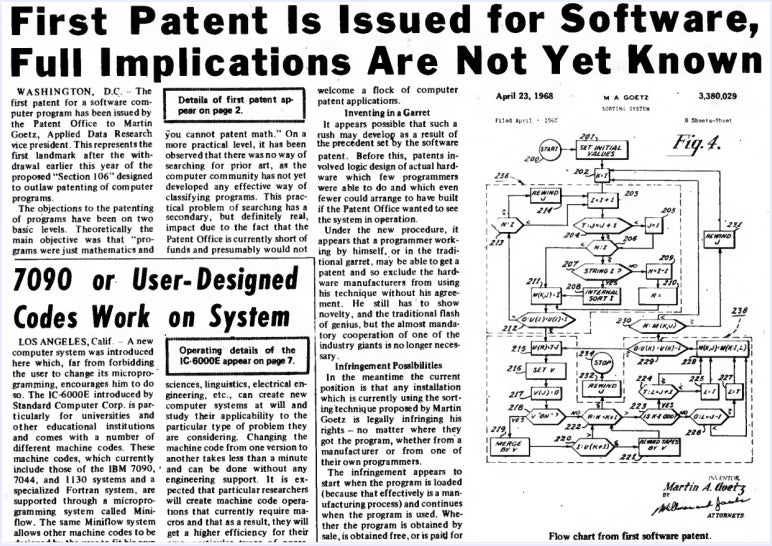

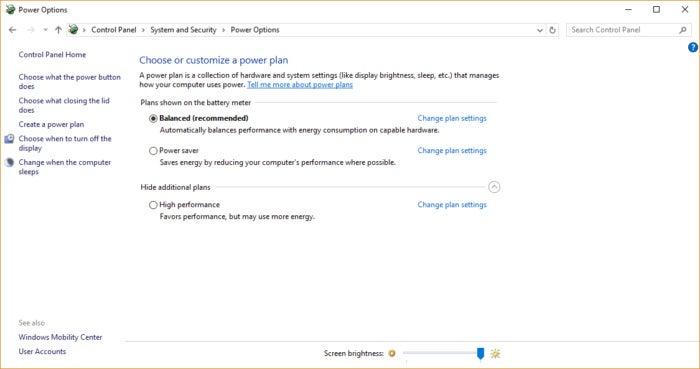
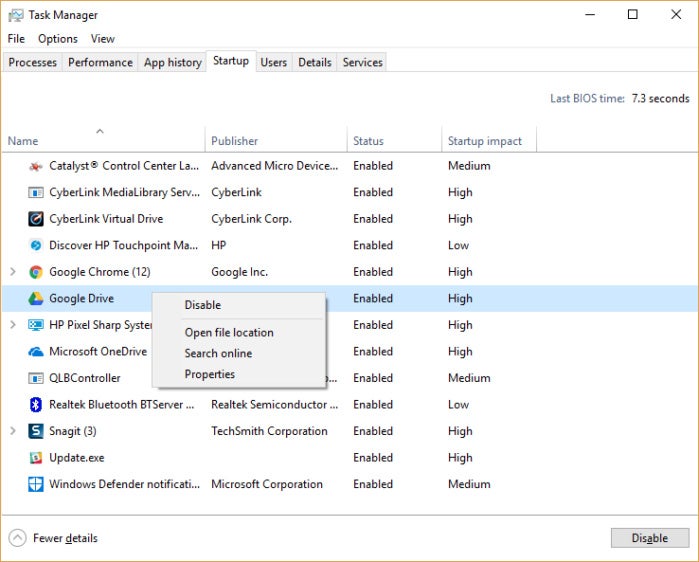

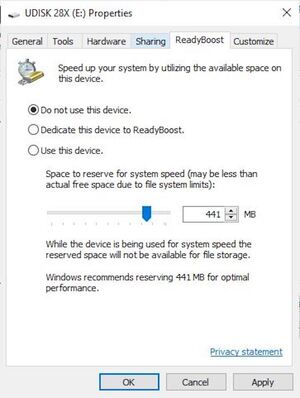
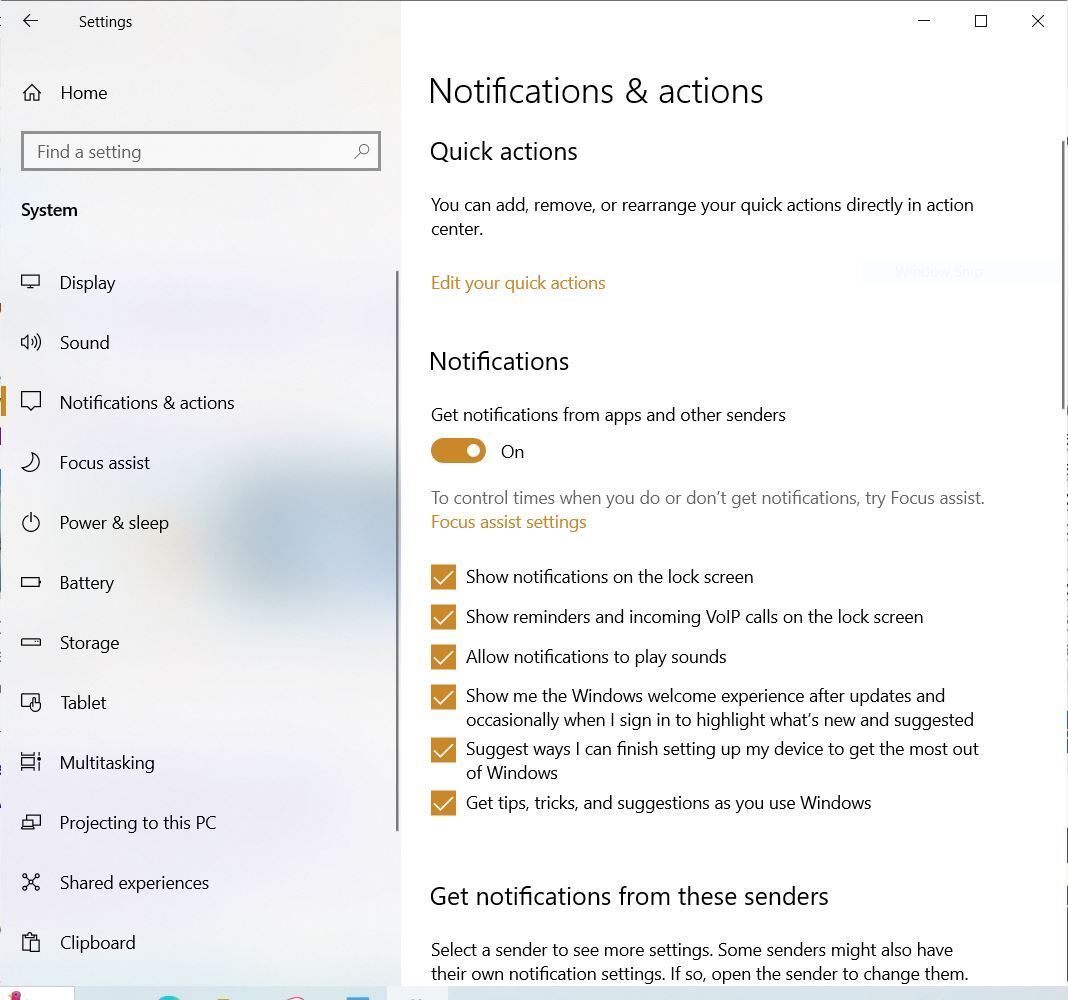
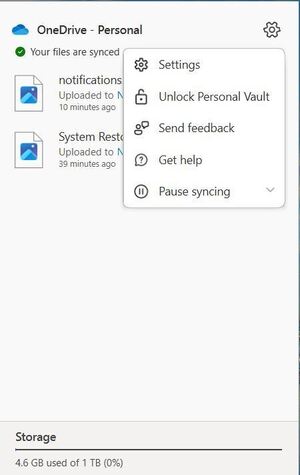
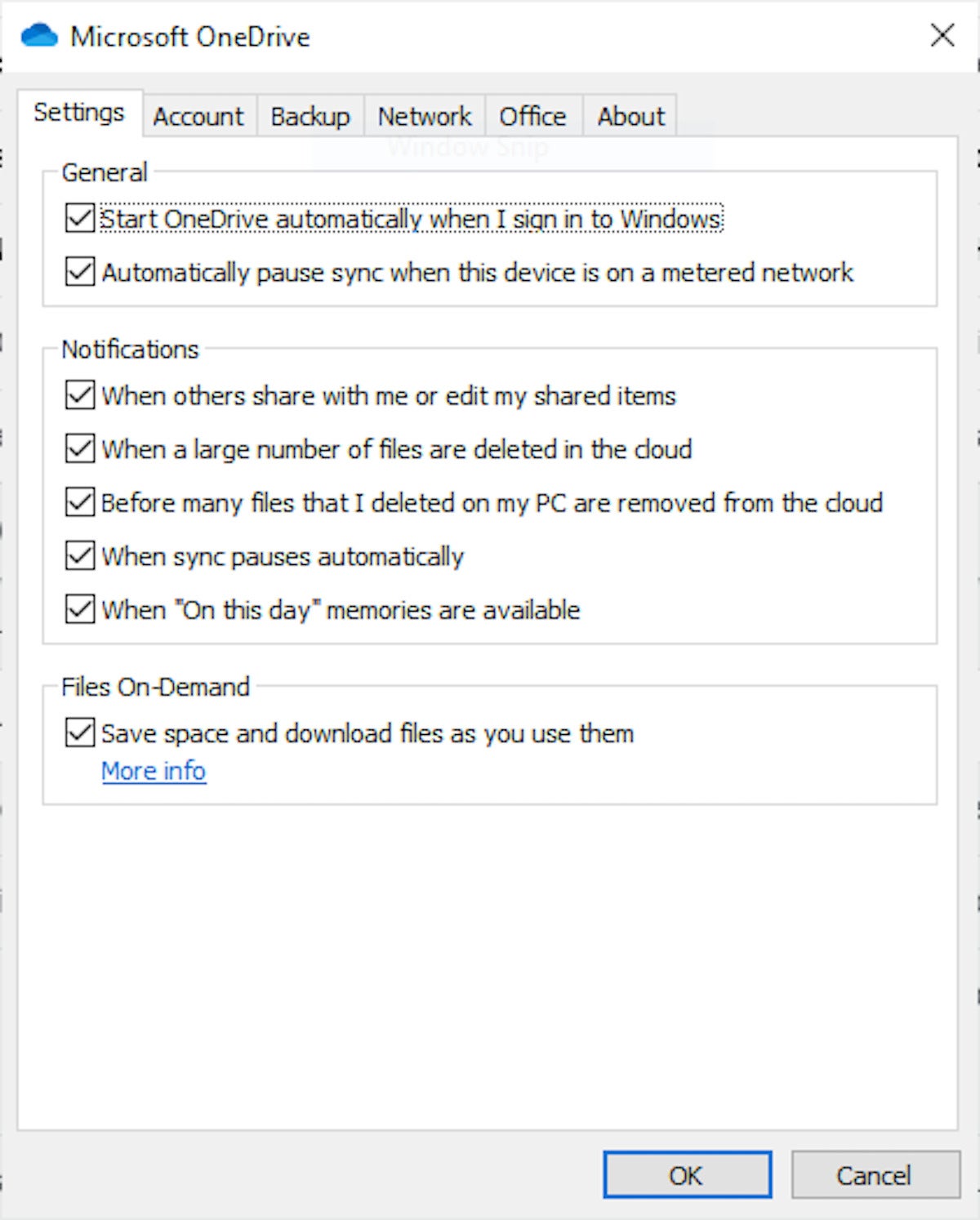 Microsoft
Microsoft